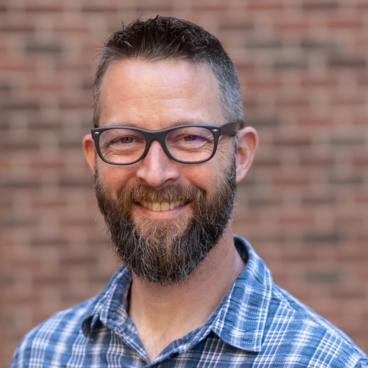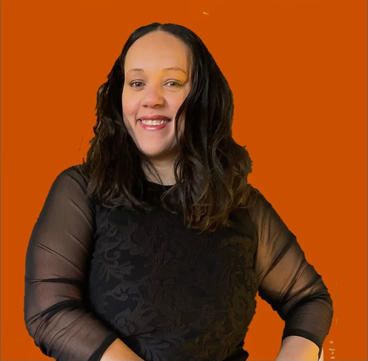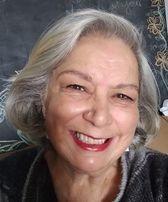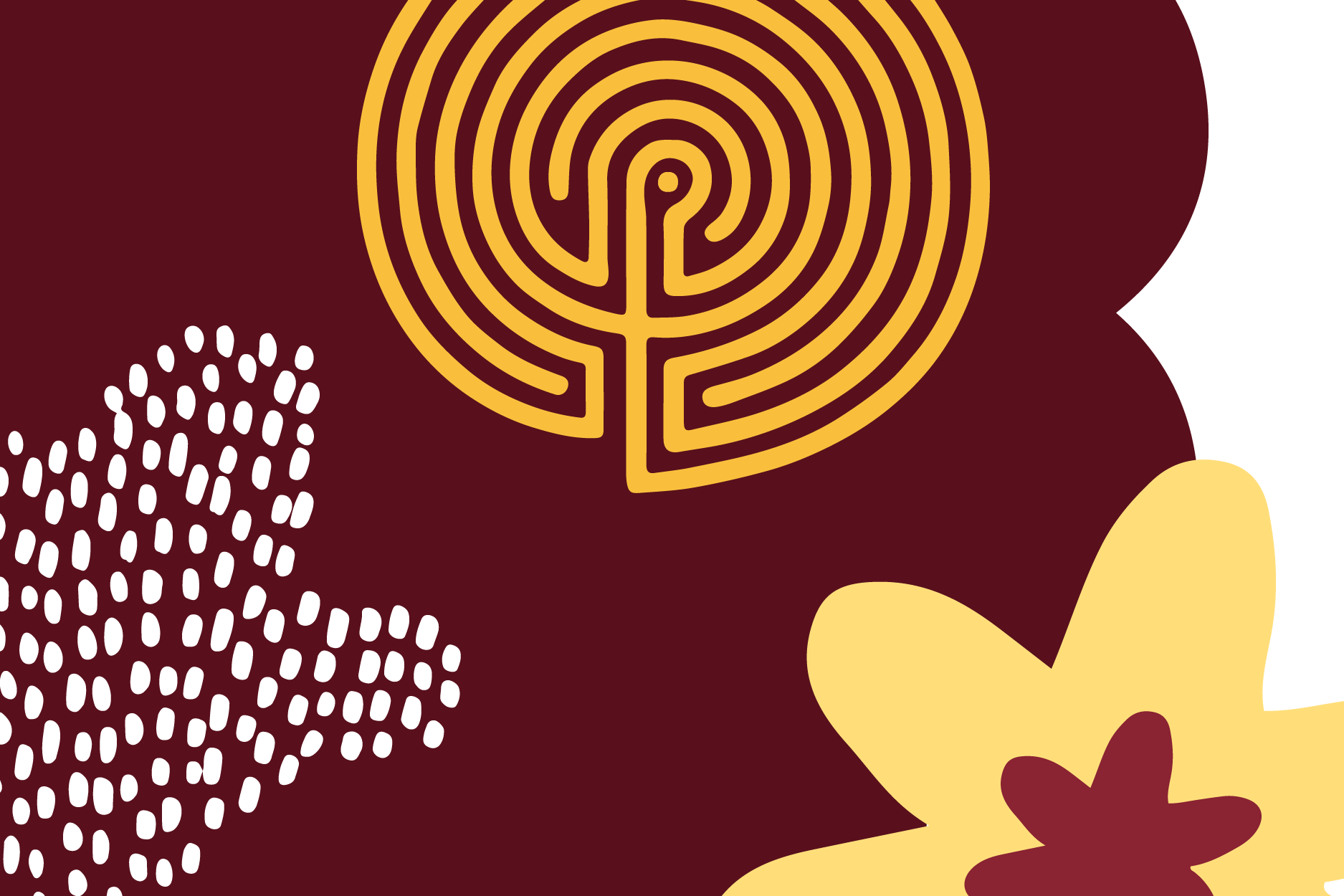It Takes A Community
The Integrative Health and Wellbeing Research Program is working with community leaders to expand access to drug-free back pain treatments.
June 15, 2023
Kevin Coss

As the opioid epidemic grows more severe, it’s more important than ever to find drug-free treatments for chronic back pain. According to the Centers for Disease Control and Prevention, drug overdose deaths jumped nearly 30% from 2019 to 2020, and three-quarters of the deaths involved opioids.
Back pain affects people of all backgrounds, but some groups are less likely to receive effective, evidence-based treatments. This includes non-drug approaches, like complementary and integrative health — and part of the reason may be that they are often left out of clinical studies.

“Overall, there has been relatively little research examining back pain in populations who experience health disparities, especially those from minority and ethnic groups and those with lower income,” says Roni Evans, DC, PhD, Director of the Bakken Center’s Integrative Health & Wellbeing Research Program (IHWRP).
Evans and her colleague Brent Leininger, DC, PhD, Research Assistant Professor, are leading community-engaged research to develop and evaluate two programs that help participants benefit from non-drug practices to manage their back or neck pain. The programs will teach participants to use a range of activities such as mindfulness, pain coping strategies, meditation, progressive muscle relaxation, exercise, and more.
Supported by funding from the National Institutes of Health’s National Center for Complementary and Integrative Health, the research team has been working with community leaders and members and listening to their ideas. They will launch a small study this summer to assess an early version of the pain management programs. Participation will be open to adults who have had back or neck pain for at least three months and who are a member of a racial or ethnic minority group or who have an annual household income of less than $50,000.
Over the course of nine weekly group sessions, 40 participants will watch expert-led videos, discuss their goals and planning, and learn and practice different ways to address pain and overall health. The researchers will also connect with community members to hear their feedback on the program, the recruitment methods used and other aspects of the study.

“Earlier, we spent time learning about what community members need related to back pain and how our approaches and interventions can best meet those needs,” says Doug Kennedy, PhD, Assistant Professor. “Our pilot study will let us know what improvements we need to make to our research, engagement, dissemination, and recruitment activities for the next stage of the study.”
The team will then launch a larger trial with nearly 400 participants that puts the improved programs to the test, measuring how effective the programs are in engaging community members and providing them the tools and resources to reduce and manage their pain.
Forming Deeper Connections
Despite good intentions, researchers often don’t have the full trust of the communities they work with. Community members may hesitate to get involved if they feel their own needs or experiences aren’t recognized or if the jargon and processes of clinical research aren’t clear.
The IHWRP research team is working with a Community Advisory Team (CAT) to broaden their own perspectives, build relationships with community members and organizations, and understand cultural considerations.
The CAT comprises trusted community leaders who help the researchers design recruitment, study and program materials; give them recommendations for how best to reach communities; and participate in community presentations.

PharmD, MPH, Community Advisory Team member
Dr. Ronda Chakolis, PharmD, MPH, a member of the CAT, said moving away from a traditional, transactional method of research to a more authentic form of engagement can be uncomfortable or even humbling for researchers.
“This work is based on human experiences and involves relationship building; there will be some pain points along the way,” Chakolis says. “The beauty I see with this approach, however, is we’re starting to develop a list of best practices for community-engaged research. For so long, we did not have the ‘rules of engagement’ for how to do it.”
In addition to the guidance they provide, partnering organizations will also help distribute recruitment materials and provide space to conduct parts of the study. Members of community organizations will even lead some sessions of the program, providing a familiar presence for participants.

Carmen Robles, a community engagement leader and host of the program “Conversaciónes de Salud,” says she feels a surge of hope thinking about the project and its potential to provide real resources and support for community members dealing with chronic pain.
Tearing Down Barriers
For Evans, the most exciting part about the project is the opportunity to conduct trials in a new way. She sees an opportunity to help address systemic biases in the research process and make sure studies can benefit everyone, rather than a portion of the population.
To succeed, community-based pain management programs like the ones being developed will need to be easier for participants to navigate than the traditional health care system, as well as more sensitive and supportive toward those who have faced judgment from health care providers in the past. The study will also have to overcome the hurdles that come with clinical research, such as obscure and intimidating consent forms with unfamiliar terms and concepts.
“We are trying to figure out strategies and solutions with our community partners that make participation in our study better oriented to research participants from different backgrounds,” Evans says. “We have been steeped in discussing what the needs are — and listening and learning.”



